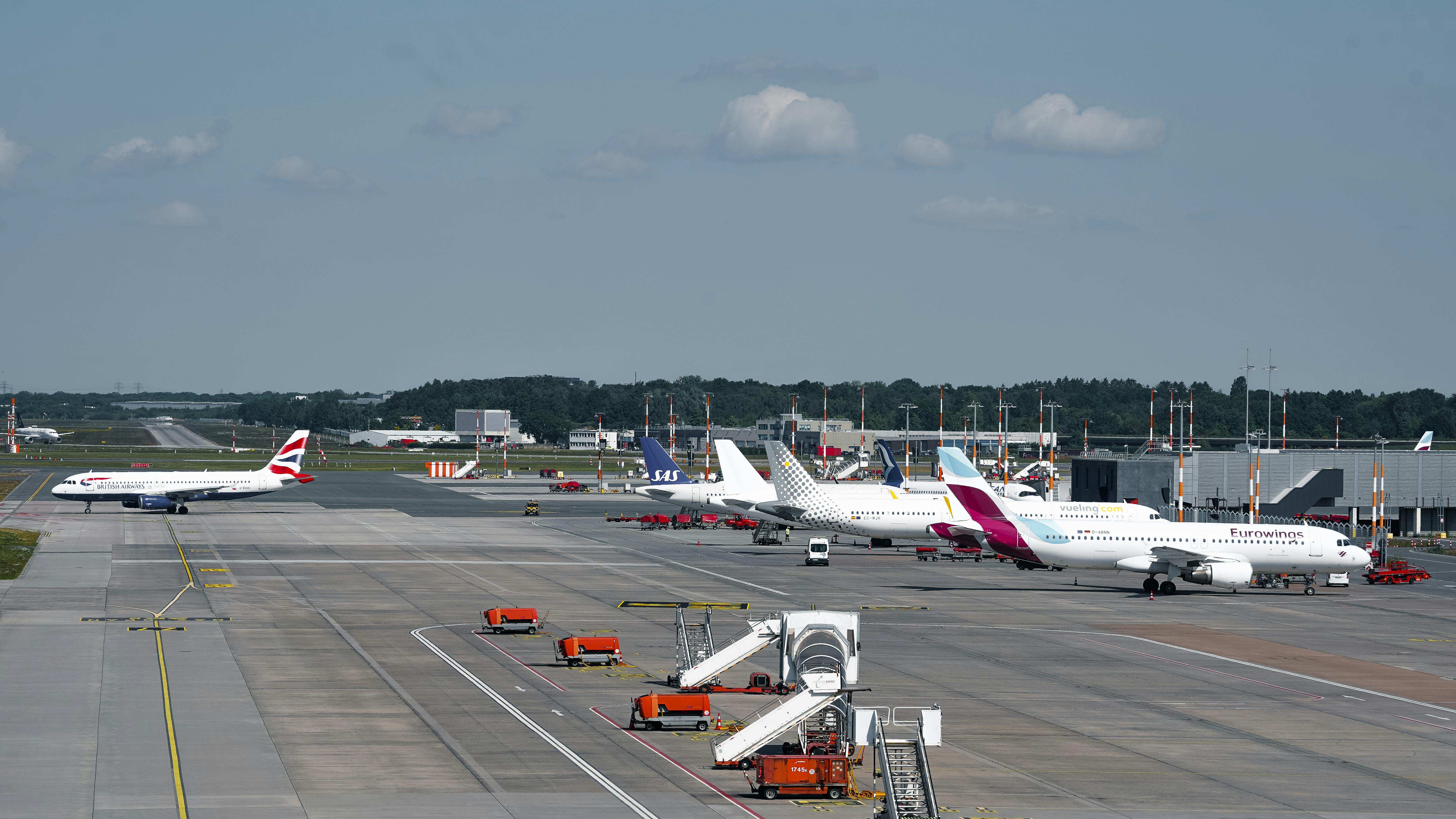International premium-class travel grew faster than economy in 2024 as global demand for air transport continued to climb, the International Air Transport Association (IATA) said in its annual World Air Transport Statistics (WATS) report this month.
Business and first-class travel increased by 11.8 per cent, slightly ahead of economy’s 11.5 per cent, with 116.9 million premium passengers making up 6 per cent of the total.
In regional terms, the Asia-Pacific recorded the strongest increase in premium traffic, up 22.8 per cent to 21 million passengers, although economy travel rose more sharply, by 28.6 per cent to 500.8 million.
By contrast, premium growth outpaced economy in Europe, Latin America, the Middle East and North America.
Europe nevertheless remained the largest premium market with 39.3 million passengers, while the Middle East saw the highest premium share at 14.7 per cent of all travelers.
Meanwhile, Asia-Pacific routes dominated the world’s busiest airport pairs, led by Jeju–Seoul (CJU–GMP) with 13.2 million passengers in 2024.
The only non-Asia-Pacific route in the global top 10 was Jeddah–Riyadh (JED–RUH).
Elsewhere, Bogotá–Medellín (3.8 million) was Latin America’s busiest route, Cape Town–Johannesburg (3.3 million) topped Africa, New York–Los Angeles (2.2 million) led North America and Barcelona–Palma de Mallorca (2 million) was Europe’s busiest.
As for aircraft usage, narrow-bodies continued to dominate operations. The Boeing 737 family was the most used, operating 10 million flights and generating 2.4 trillion available seat kilometres (ASKs).
It was followed by the Airbus A320 with 7.9 million flights and 1.7 trillion ASKs, while the A321 recorded 3.4 million flights and 1.1 trillion ASKs.
The Airbus A220, though smaller in scale, posted the fastest growth, up 21.7 per cent in frequency and 20.4 per cent in ASKs.
Turning to passenger markets, the United States remained the world’s largest with 876 million passengers in 2024, a 5.2 per cent rise year on year. China followed with 741 million, up 18.7 per cent.
Further behind, the United Kingdom (261 million, +7.3 per cent), Spain (241 million, +10.7 per cent), India (211 million, +11.1 per cent) and Japan (205 million, +18.6 per cent) rounded out the top tier.
Overall, the WATS database, updated annually with data from more than 240 airlines, provides a detailed picture of industry performance, including passenger and cargo demand, airline capacity, fleet composition, revenues, costs, aircraft utilisation and employment.
In a separate monthly update, IATA said global air passenger demand rose 2.6 per cent in June 2025 compared with a year earlier, while capacity expanded by 3.4 per cent, pushing the global load factor down to 84.5 per cent.
International traffic grew by 3.2 per cent, while domestic markets were up 1.6 per cent, supported by strong results in Brazil and China.
Willie Walsh, IATA’s director general, said the slowdown reflected disruptions linked to military conflict in the Middle East.
“In June, demand for air travel grew by 2.6 per cent. That’s a slower pace than we have seen in previous months and reflects disruptions around military conflict in the Middle East,” he said.
Load factors slipped across all regions, with Middle Eastern airlines posting a decline of 1.2 percentage points to 78.7 per cent, as routes to North America and Europe were hit by lower traffic.
Asia-Pacific carriers once again led international growth, with demand up 7.2 per cent.
Walsh added that despite the easing, load factors “are still very strong” at 84.5 per cent and are unlikely to drift far from record levels over the Northern summer given modest capacity growth.







Click here to change your cookie preferences